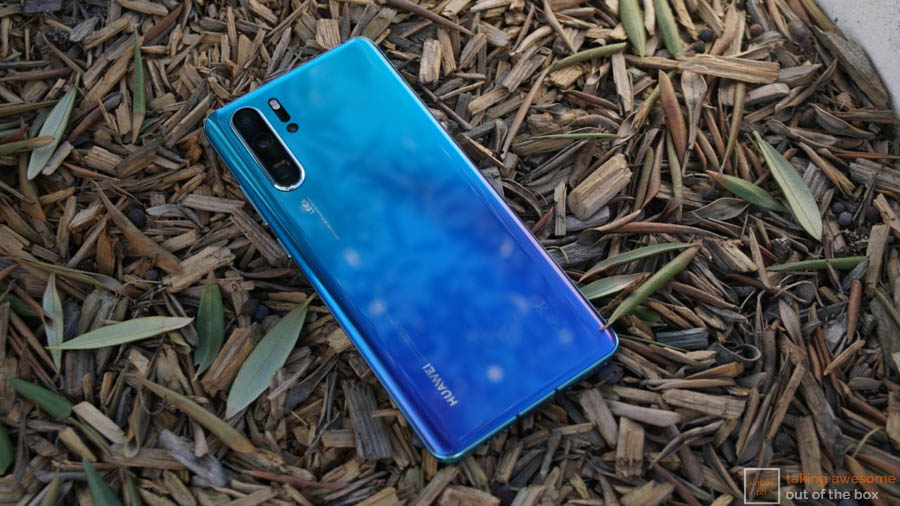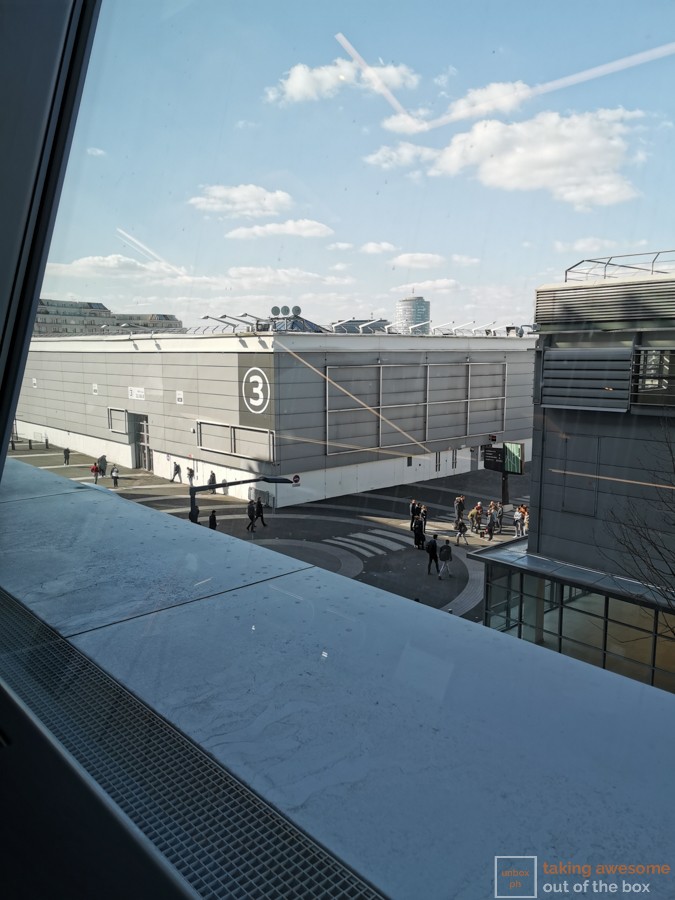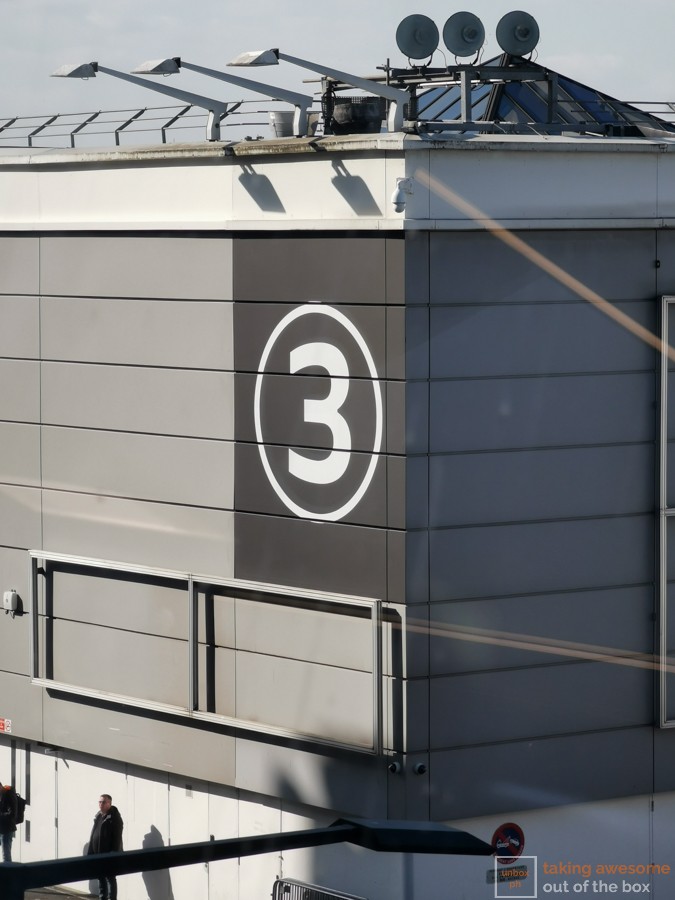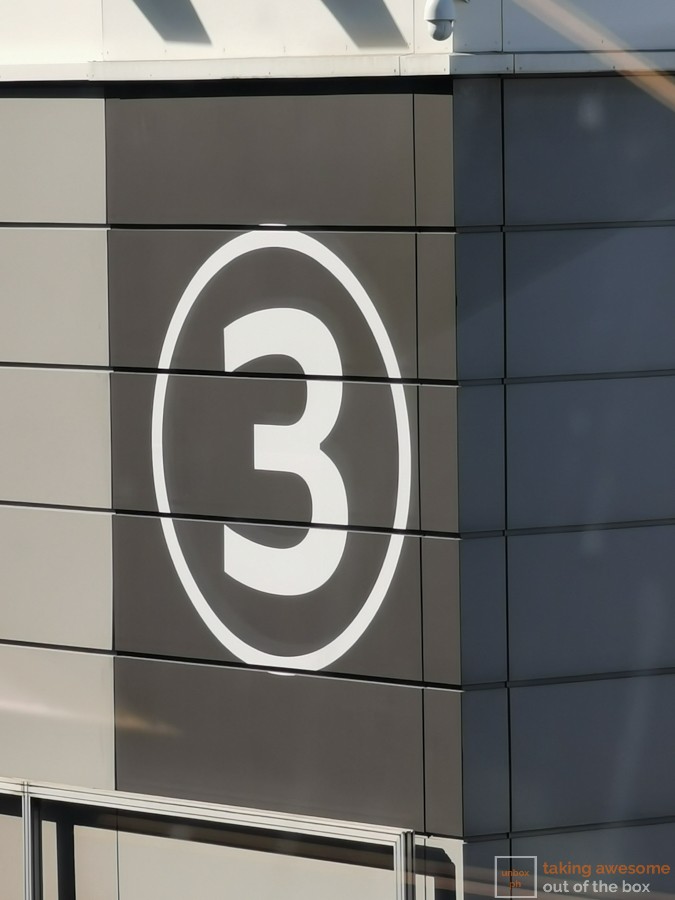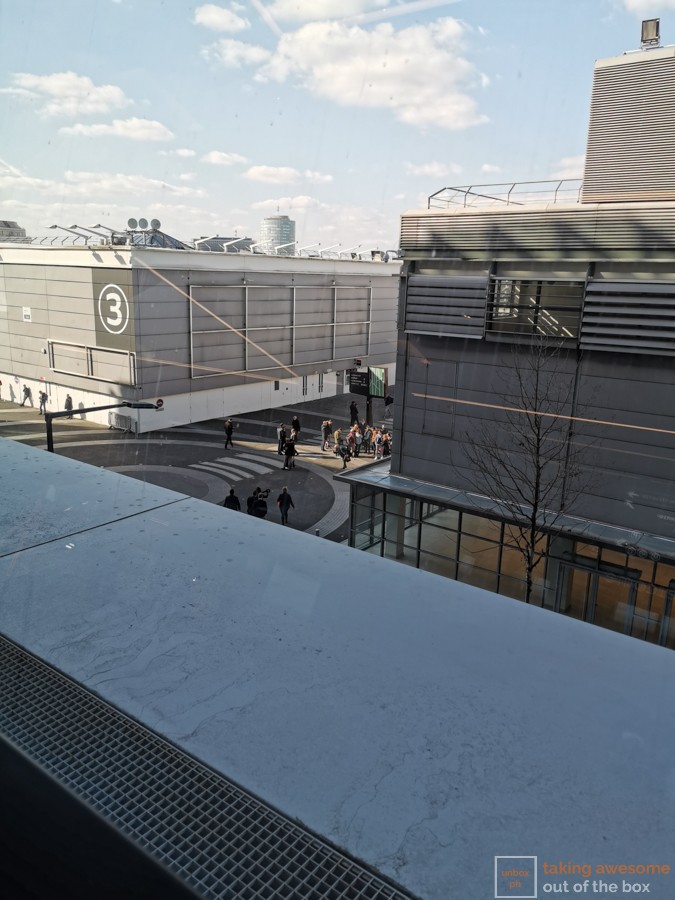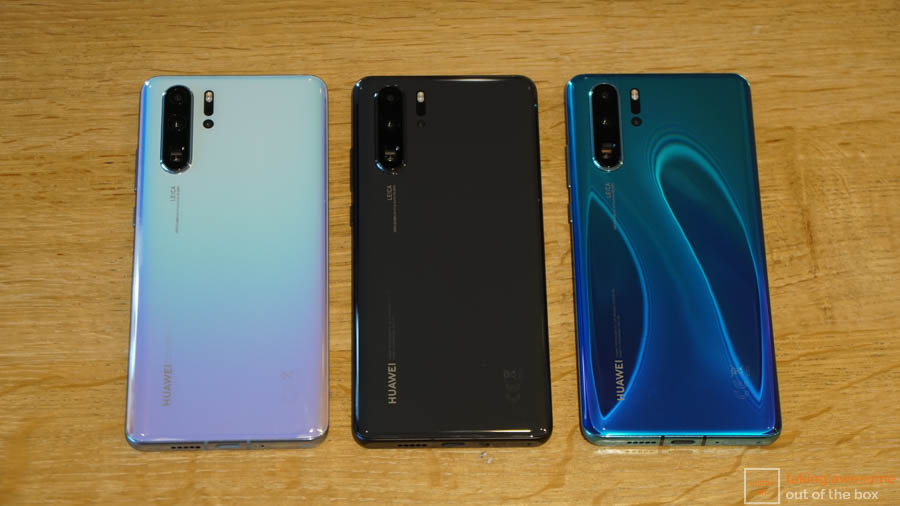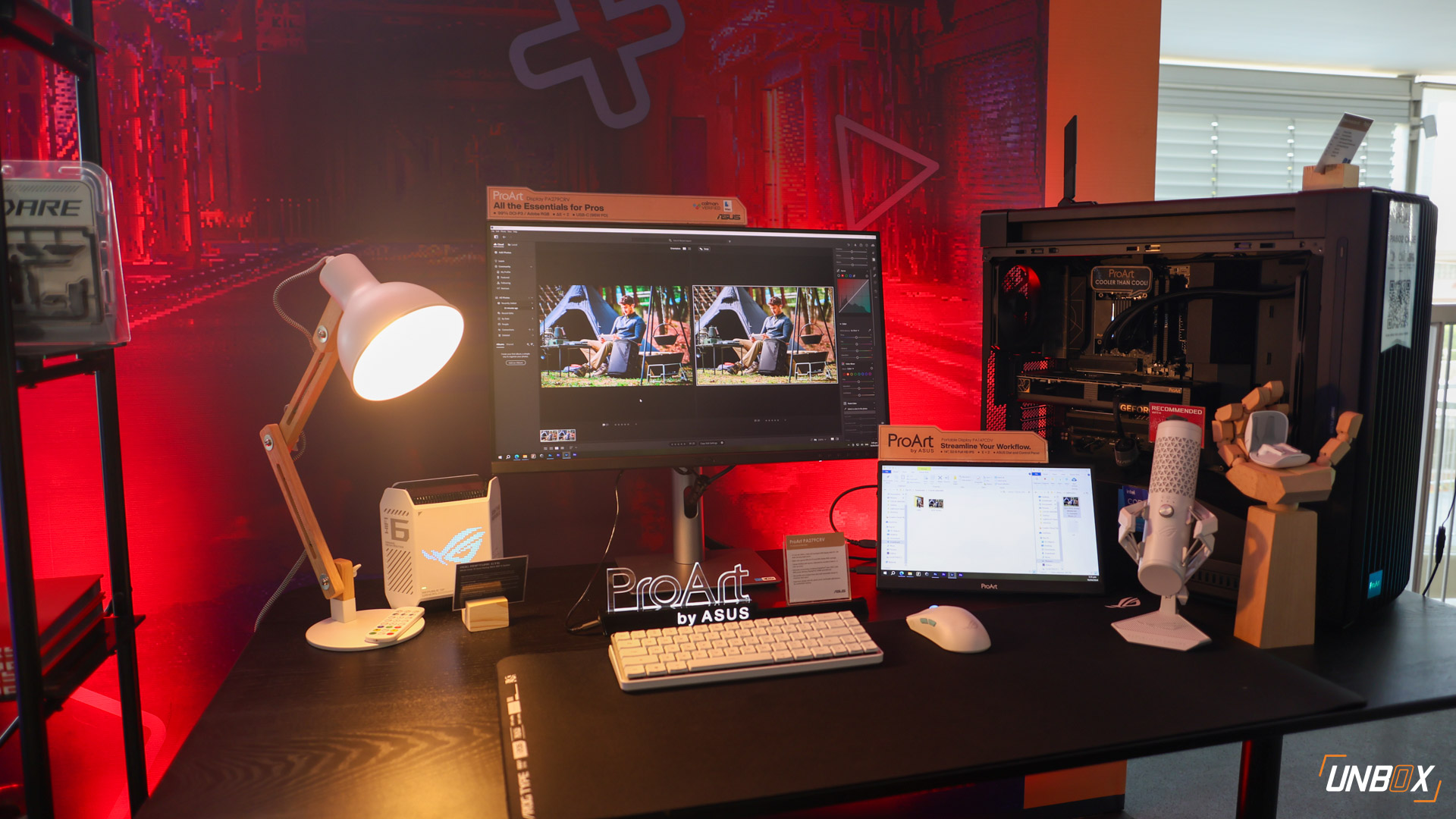We go hands-on with Huawei’s newest flagship!
Huawei has managed to become a no-name brand to imaging powerhouse in a very short time, and most of that is thanks to their strategic partnership with German camera brand Leica and their camera-focused P series of devices. The P20 Pro took the Chinese brand center stage with its then-revolutionary triple-camera setup, and Huawei is looking to extend their dominance with the P30 Pro.
The P30 Pro is an imaging powerhouse, and Huawei’s message is very clear: they are the leaders in smartphone photography, and after spending some time with the P30 Pro, we believe them wholeheartedly.
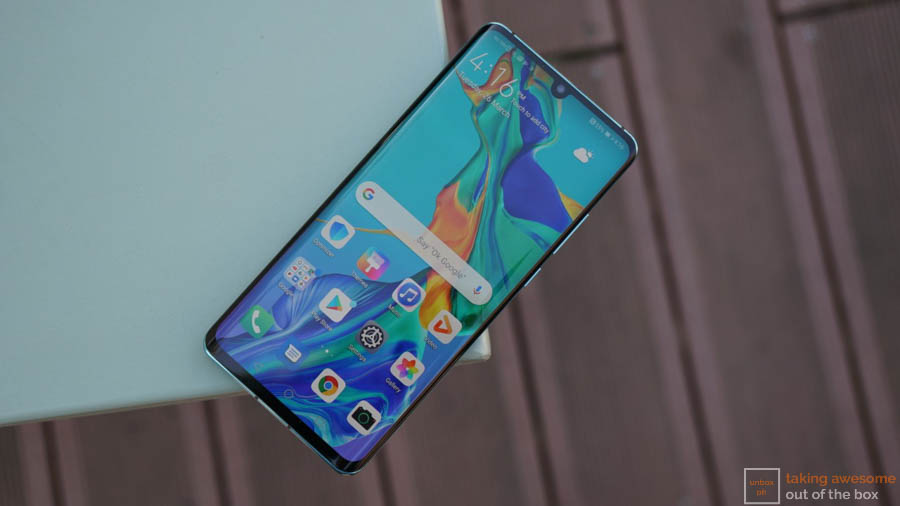 A slimmer body and new tricks make for a sexier phone
A slimmer body and new tricks make for a sexier phone
Huawei hasn’t messed with the design language that they’ve established for their P-series, and have only tweaked a few design elements for the P30 Pro. The 6.47-inch full HD+ Super AMOLED panel is now curved for better ergonomics and now houses a tiny notch at the top of the display instead of a full-blown one.
There’s no physical fingerprint scanner apparent on the phone’s exterior, and instead, the P30 Pro uses an in-display fingerprint sensor much like the one on the Mate 20 Pro.
Just like last year, the P30 Pro is water resistant and has an IP68 rating. There’s no 3.5mm jack anywhere on the phone (you’ll have to use an adapter with it sadly), though Huawei throws in a pair of Type-C headphones with the package.
Huawei practically invented the gradient phone finish, so it comes as no surprise that the company is touting a new batch of stunning color options for the P30 Pro. That includes Breathing Crystal, Aurora, Amber Sunrise as well as Black.
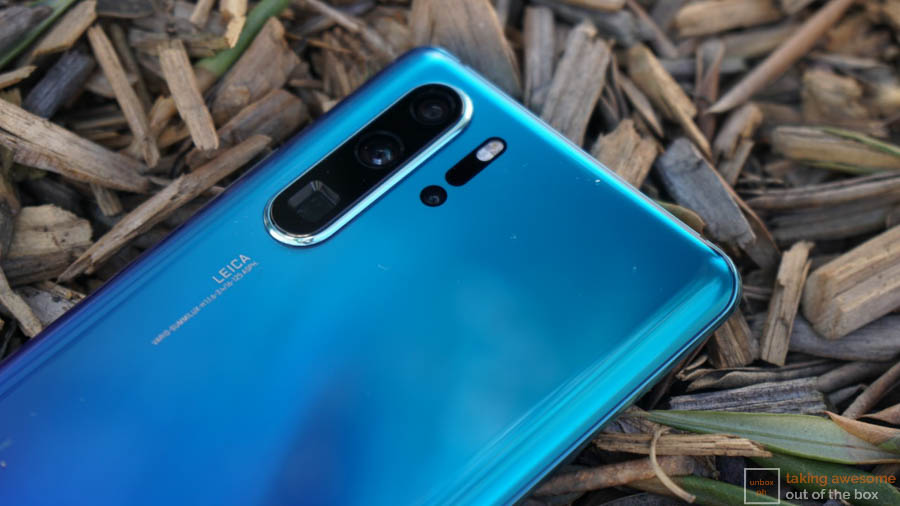 Four Leica-branded cameras
Four Leica-branded cameras
Looking at the rear of the phone, you’ll see the most striking change from last year’s iteration. The P30 Pro comes with four Leica branded cameras. From top to bottom, you have the 20-megapixel ultra-wide angle, 16mm f/2.2 lens, the 40-megapixel 27mm f/1.6 wide angle lens, the 8-megapixel 125mm f/3.4 5x telephoto lens, and a Time-of-Flight camera set off to the side.
There’s a lot to unpack, so let’s talk about the 40-megapixel lens first. It utilizes one of the biggest sensors to ever come to a flagship phone, with Huawei claiming it’s 125% bigger in size compared to the ones in the Galaxy S10 Plus and the iPhone Xs Max. The increased sensor size means that the phone is able to take photos in ISOs as high as 409600, which is an amazing feat on its own.
The optical zoom lens, on the other hand, uses a periscope array to achieve a 5x optical zoom. It’s similar to the arrangement used by OPPO for their upcoming Find flagship, and while the zoom is only 5x optically, the P30 Pro uses AI to produce 10x hybrid zoom photos. If you really wanted to push it, the phone can shoot 50x digitally enhanced photos.
The time-of-flight camera gives the phone more accurate depth data than ever before, which makes for better artificial bokeh and AR applications down the road.
From our limited time with the phone, the 10x hybrid zoom tech is pretty impressive, delivering fairly noise-free photos in bright light. We’ve yet to do a deep dive on the phone’s overall capabilities when it comes to its other cameras, so watch out for our first camera samples from the P30 Pro later on.
The selfie camera is fairly impressive as well, coming in at 32-megapixels.
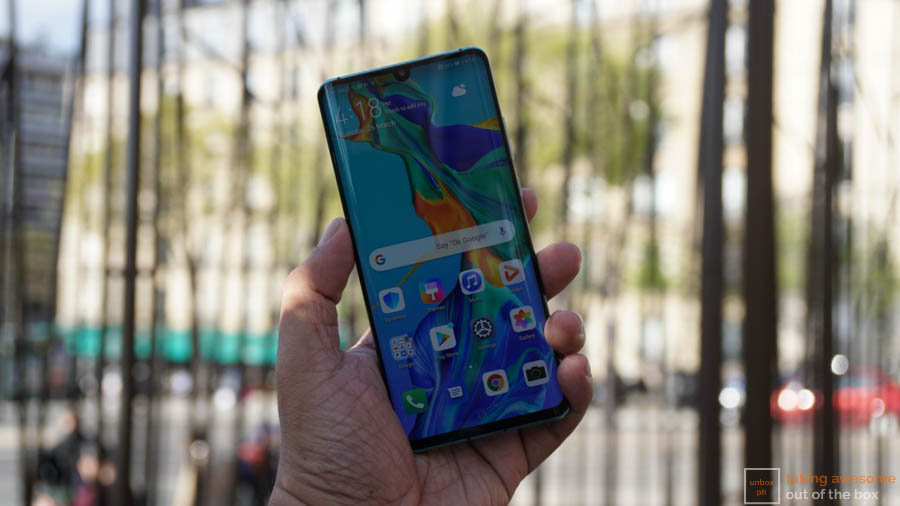 Fairly decent hardware
Fairly decent hardware
As far as its other hardware is concerned, the P30 Pro has a Kirin 980 chipset with 8GB of RAM and a variety of storage variants (128GB, 256GB, and 512GB). The P30 Pro isn’t going to be breaking any computational boundaries any time soon – it’s all about the camera.
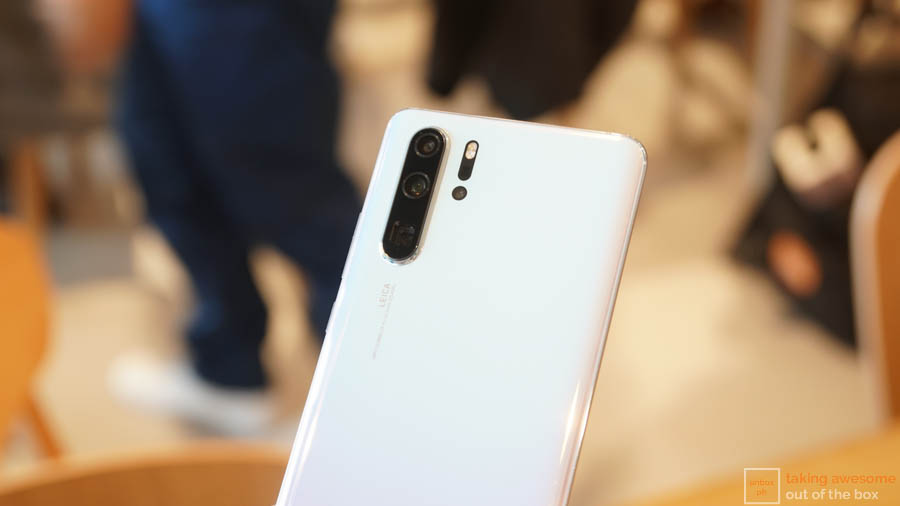
The P30 Pro also gets a few other flagship features that were introduced with the Mate 20 Pro. That includes reverse fast wireless charging, Huawei’s 40W SuperCharge tech, and a massive 4200mAh battery. It runs the latest version of Android, Android Pie, and has EMUI 9.1 on board.
As for actual use, the P30 Pro was extremely pleasant to hold. The camera bump is there and is a little annoying but that’s the price you have to pay for new tech, we guess. The Aurora color finish is quite fetching, though the Amber Sunrise looked the most striking.
We don’t know how much the phone will be when it arrives in the Philippines, though Huawei pegs pricing for the P30 Pro at €999 (around Php 59.3K) for the 128GB variant, with prices climbing from there. Take note though that Euro pricing for smartphones are usually higher than in the Philippines, so there’s a chance that the base model will fall under 50K when it arrives on our shores.
Huawei P30 Pro specs
- HiSilicon Kirin 980 octa-core processor
- 8GB RAM
- 6.47-inch Full HD+ AMOLED Curved display, 18.7:9 Aspect ratio, DCI-P3 HDR support, 2340×1080 resolution
- 128GB/256GB/512GB internal storage, expandable via Nano memory card
- Quadruple Leica rear cameras: 20-megapixel 17mm f/2.2 ultra wide-angle camera; 40-megapixel 27mm f/1.6 wide-angle lens with OIS; and 8-megapixel 52mm f/3.4 periscope telephoto camera with OIS; Time of Flight Sensor; with Ultra Macro Mode, Huawei AIS, 10X Hybrid Zoom, 5X Optical Zoom, Master AI, Dual View Video, up to ISO 409600 sensitivity
- 32-megapixel front camera
- Dual SIM
- WiFi, Bluetooth, Dual band GPS, NFC
- In-display fingerprint scanner, face unlock, IP68 rating
- 4200mAh battery with 40W fast charging and 15W wireless charging
- Android 9 Pie (EMUI 9.1)


